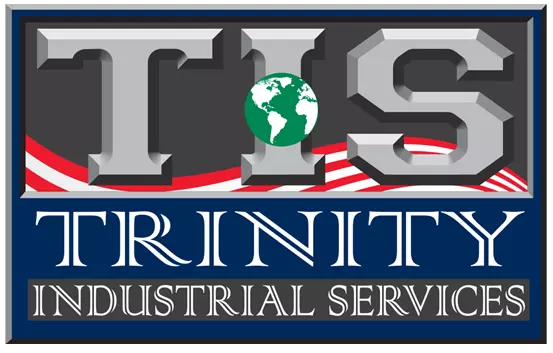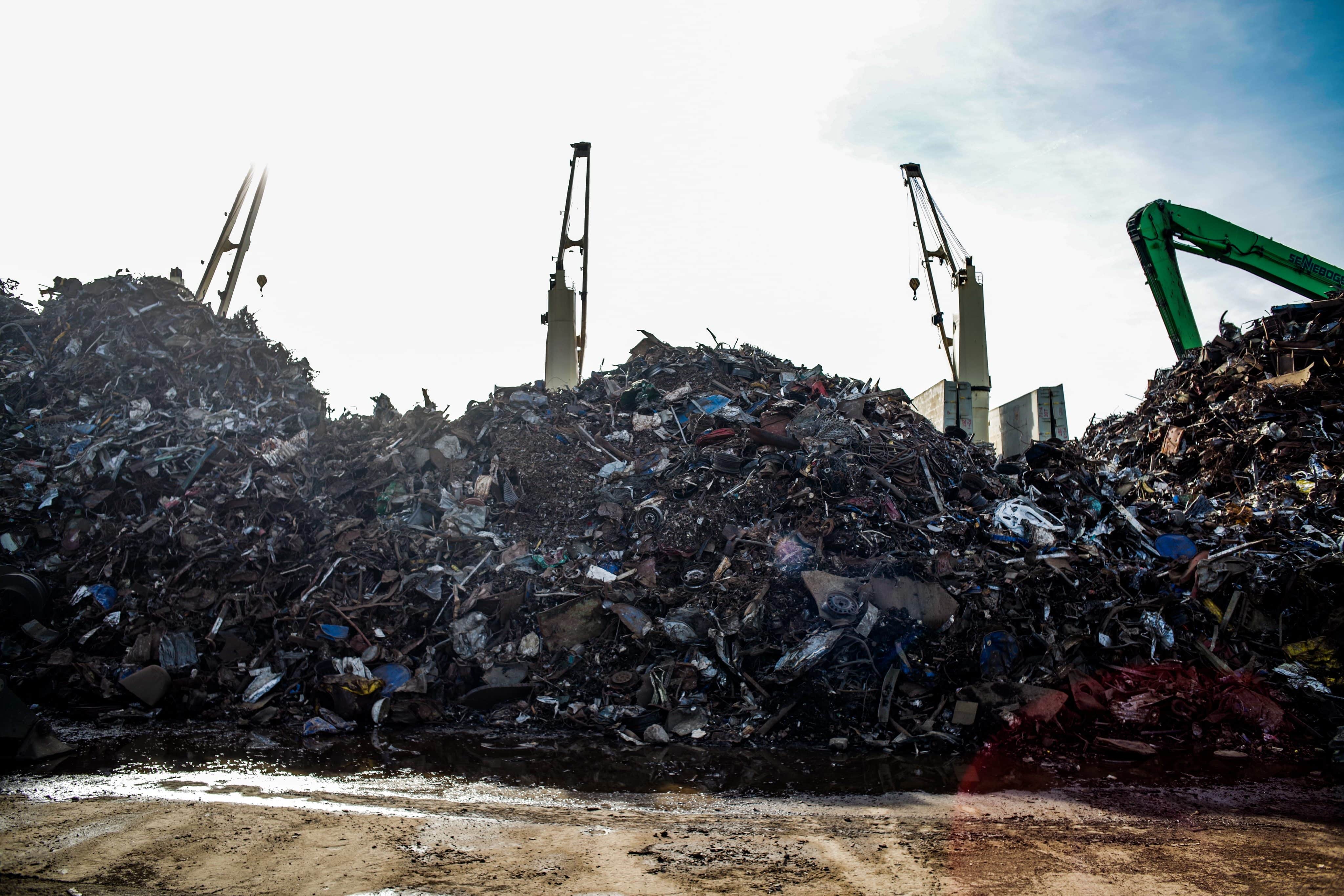What is Demolition Waste?
Demolition waste is the debris, rubbish, and other detritus generated as a result of the demolition of buildings, structures, and other man-made objects. This type of waste typically includes materials such as concrete, wood, metal, glass, and other construction materials. The disposal of demolition waste requires special handling and management due to the potential presence of hazardous materials such as asbestos, lead, and mercury.
What are the 4 main types of demolition waste?
- Concrete and masonry waste: This type of waste includes concrete, bricks, tiles, and other similar materials that are commonly used in construction.
- Wood waste: This type of waste includes wood products such as lumber, doors, windows, and other wooden items generated from demolition.
- Metal waste: This type of waste includes metal items such as pipes, electrical cables, and structural metal components.
- Mixed or miscellaneous waste: This type of waste includes a variety of materials, such as insulation, plaster, and other building materials that don’t fit into the other categories.
What can be salvaged from a house before demolition?
Before demolition, several items in a house can be salvaged or recycled, including:
- Building materials: Reusable building materials such as doors, windows, lumber, roofing, and flooring can be salvaged and reused.
- Appliances: Working appliances such as refrigerators, stoves, washers, and dryers can be removed and reused or recycled.
- Plumbing fixtures: Sinks, toilets, bathtubs, and other plumbing fixtures can be salvaged and reused.
- Lighting fixtures: Light fixtures, chandeliers, and other lighting components can be salvaged and reused.
- Hardware: Hardware such as door knobs, hinges, and other metal components can be salvaged and reused.
- Landscaping: Plants, trees, and other landscaping elements can be salvaged and replanted.
- Electrical components: Reusable electrical components such as wiring, outlets, and switches can be salvaged and reused.
Note: Salvaging and recycling these items reduces the amount of waste generated from demolition, helps to conserve resources, and reduces the environmental impact of construction and demolition activities.
What are considered demolition materials?
(What does construction and demolition waste include?)
(What materials can be recycled from demolition?)
Materials that are typically considered demolition materials include:
- Concrete and masonry: concrete blocks, bricks, tiles, and other concrete products.
- Wood: lumber, plywood, doors, windows, and other wooden items.
- Metal: steel beams, pipes, electrical cables, and other metal products.
- Glass: windows, mirrors, and other glass products.
- Plaster and drywall: wallboard, plaster, and other gypsum-based building materials.
- Insulation: fiberglass, cellulose, and other insulation materials.
- Asbestos: a potentially hazardous material that was commonly used as insulation and for fireproofing in older buildings.
- Other miscellaneous materials: roofing materials, flooring, electrical fixtures, plumbing fixtures, and other construction and demolition waste.
These materials can be hazardous and require special handling and disposal procedures, especially if they contain toxic substances like asbestos.
How much waste comes from demolition?
The amount of waste generated from demolition activities varies widely depending on several factors such as the size of the building being demolished, the location, and the type of materials used in construction. However, on average, demolition can generate a substantial amount of waste, sometimes as much as 75% of the total weight of the building being demolished.
According to some estimates, the construction and demolition industry is responsible for generating approximately 5% of the total waste stream in the United States. The amount of waste generated from demolition activities can be reduced by salvaging and recycling reusable materials, properly disposing of hazardous waste, and properly managing the waste stream to minimize the impact on the environment.
What are the 4 steps in demolition recycling?
How do you manage demolition waste?
- Planning and preparation: Before demolition begins, a plan for waste management and recycling must be developed. This includes determining what materials can be salvaged and recycled, determining how the waste will be managed during demolition, and securing necessary permits and approvals for waste management and recycling.
- Salvage and reuse: During the demolition process, materials that are in good condition can be salvaged and reused. This can include building materials, fixtures, and appliances.
- Waste sorting: Once demolition is complete, the waste generated from the process is sorted into different categories, such as concrete, wood, metal, and other materials. This allows for the efficient and effective recycling of materials.
- Recycling: The sorted demolition waste is then processed and recycled. This may include crushing concrete and masonry for use as road base, grinding wood waste for use as animal bedding or fuel, and recycling metal for use in new products. The recycling of demolition waste helps to conserve resources, reduce the environmental impact of waste, and supports sustainable construction practices.
What is an example of demolition?
An example of demolition is the process of tearing down an old building, such as a house or a commercial structure, to make way for new construction. This may involve removing walls, roofing, flooring, electrical and plumbing systems, and other components of the building. The materials generated from the demolition process, such as concrete, wood, metal, and other materials, may be sorted and recycled or disposed of properly, depending on local regulations and waste management practices. The goal of demolition is typically to clear the site for new construction or to remove a structurally unsound or outdated building.
What happens to materials after demolition?
What happens to materials after demolition depends on several factors, such as local regulations, waste management practices, and the type of materials involved. Some common outcomes for materials after demolition include:
- Recycling: Many demolition materials can be recycled, such as concrete, metal, and wood. These materials are often sorted, processed, and reused in new construction or other applications.
- Landfilling: Some demolition materials may be disposed of in landfills if they cannot be recycled or if there are not enough recycling facilities available in the area. Landfilling is a common solution for non-recyclable materials such as asbestos and other hazardous waste.
- Incineration: Hazardous demolition waste, such as asbestos, may be incinerated to reduce its volume and eliminate its toxicity.
- Reuse: Some demolition materials, such as doors, windows, and appliances, may be salvaged and reused if they are in good condition.
The goal of managing demolition waste is to minimize the environmental impact of waste, conserve resources, and support sustainable construction practices. The specific outcome for each material depends on the type of material, local regulations, and waste management practices in the area.
What cannot be recycled from a demolition?
Not all materials generated from demolition activities can be recycled. Some examples of materials that cannot be recycled include:
- Hazardous waste: materials such as asbestos, lead-based paint, batteries, and electronic waste may contain toxic substances and must be handled and disposed of properly to minimize risk to human health and the environment.
- Single-use plastics: items such as plastic bags, films, and packaging materials are not easily recyclable and may need to be disposed of in landfills.
- Contaminated materials: materials that are contaminated with chemicals, oil, or other substances may need to be disposed of in special facilities or landfills to minimize risk to human health and the environment.
- Decommissioned vehicles: vehicles that have been stripped of useful parts and are no longer functional cannot be recycled and may need to be disposed of in landfills.
- Synthetic building materials: some synthetic building materials, such as foam insulation, may not be easily recyclable and may need to be disposed of in landfills.
This is not an exhaustive list, and the specific materials that cannot be recycled will depend on local regulations, waste management practices, and the type of materials involved. The goal of managing demolition waste is to minimize the environmental impact of waste and conserve resources.
How can you protect the environment by recycling demolition debris?
Recycling demolition debris can have a significant impact on protecting the environment by reducing waste and conserving resources. Here are some ways that recycling demolition debris can help protect the environment:
- Reduces the need for new raw materials: Recycling demolition waste conserves resources by using existing materials instead of extracting new raw materials. This reduces the demand for natural resources, such as timber, minerals, and petroleum, and the associated environmental impacts, such as deforestation, habitat destruction, and air and water pollution.
- Reduces greenhouse gas emissions: Recycling construction and demolition waste helps to reduce greenhouse gas emissions by avoiding the emissions associated with producing new raw materials and transporting waste to landfills.
- Prevents soil and water pollution: By recycling demolition waste, the amount of waste sent to landfills is reduced, which helps to prevent soil and water pollution caused by waste leaching into the environment.
- Conserves energy: Recycling construction and demolition waste requires less energy compared to producing new materials from raw materials. This helps to conserve energy and reduce the associated greenhouse gas emissions.
- Supports sustainable development: By recycling demolition waste, the construction industry can support sustainable development by reducing waste, conserving resources, and minimizing environmental impacts.
Overall, recycling demolition debris helps to reduce waste, conserve resources, and minimize the environmental impact of waste. By recycling demolition waste, communities can support sustainable construction practices and protect the environment for future generations.
Can you recycle metal from a demolition?
Yes, metal can be recycled from a demolition. Steel beams, pipes, electrical cables, and other metal products can be recycled and used in the production of new products, such as steel beams, pipes, and electrical wires. Metal is a valuable resource that can be used over and over again without losing its properties, making it a highly recyclable material. By recycling metal from demolition, resources can be conserved, waste reduced, and the environmental impact of waste minimized. Recycling metal also requires less energy compared to producing new metal from raw materials, which helps to conserve energy and reduce greenhouse gas emissions.
List of Items commonly recycled in a residential demolition?
(What things can be recycled from a commercial building demolition?)
During a residential demolition, a variety of materials can be recycled. Here is a list of common items that can be recycled:
- Metal: Steel beams, pipes, electrical cables, and other metal products can be recycled and used in the production of new products.
- Wood: Lumber, flooring, and cabinetry can be recycled and used in the production of new wood products or as fuel.
- Concrete: Concrete can be crushed and used as aggregate in the production of new concrete products, such as paving stones, retaining walls, and roadways.
- Glass: Glass windows, mirrors, and light fixtures can be recycled and used in the production of new glass products.
- Plastics: Plastic pipes, fixtures, and other plastic products can be recycled and used in the production of new plastic products.
- Brick: Bricks can be recycled and used as aggregate in the production of new brick products or as fill in landscaping and construction projects.
- Insulation: Fiberglass and cellulose insulation can be recycled and used as filler material in landscaping and construction projects.
This is not an exhaustive list, and the specific materials that can be recycled will depend on local regulations, waste management practices, and the type of materials involved. The goal of managing demolition waste is to minimize waste and conserve resources by recycling as much material as possible.
What are roll-off dumpsters used for during demolition?
Roll-off dumpsters are commonly used during demolition projects to collect and transport waste materials generated by the demolition process. These containers are typically large, open-top metal containers that are placed on a truck and can be easily transported to a landfill or recycling facility.
During demolition, waste materials such as concrete, metal, wood, brick, and other construction materials can be loaded into the dumpster. Roll-off dumpsters are particularly useful for larger demolition projects, where a significant amount of waste is generated, and for projects that are located in areas with limited access or space for waste collection and disposal.
Roll-off dumpsters are convenient and efficient, as they allow for the collection of waste materials in a single location, reducing the need for multiple trips to the landfill and minimizing the risk of litter or waste materials being left behind on the job site.
In addition, roll-off dumpsters can also help to ensure that waste materials are properly sorted and disposed of, as the contents of the dumpster can be separated into different waste streams for recycling or disposal, reducing the environmental impact of the demolition project.
What is construction recycling?
Construction recycling is the process of reusing, salvaging, and processing waste materials generated by the construction and demolition of buildings and other structures. This process involves the collection, sorting, and processing of waste materials to conserve natural resources, reduce the amount of waste sent to landfills, and minimize the environmental impact of construction activities.
Construction recycling can include the reuse of building materials, such as lumber, concrete, and metal, as well as the recycling of waste materials, such as cardboard, paper, and plastics. The goal of construction recycling is to conserve resources and reduce the environmental impact of construction and demolition activities by diverting waste from landfills and reducing the need to extract new raw materials.
Construction recycling can help to reduce the environmental impact of construction activities by conserving resources, reducing greenhouse gas emissions, and conserving energy. In addition, construction recycling can also help to reduce costs associated with waste disposal and the acquisition of new materials, making it an important part of sustainable construction practices.
How much does it cost to haul away waste?
The cost to haul away waste can vary greatly depending on several factors, including the type and amount of waste, the distance to be traveled, the availability of local disposal facilities, and the local market conditions for waste removal services.
Some common factors that can affect the cost of waste removal include:
- Type of waste: Different types of waste have different disposal requirements, and some may require special handling, such as hazardous waste. The cost of waste removal will vary based on the type of waste involved.
- Amount of waste: The cost of waste removal is often based on the weight or volume of waste to be removed, so the more waste you have, the more it will cost.
- Distance to be traveled: The cost of waste removal will often include the cost of transportation, so the farther the waste has to be transported, the higher the cost will be.
- Availability of local disposal facilities: The cost of waste removal may be influenced by the availability of local disposal facilities and the fees they charge.
- Local market conditions: The cost of waste removal may also be influenced by local market conditions, such as the demand for waste removal services, the availability of waste removal services, and local competition.
As a general rule, the cost of waste removal can range from a few hundred dollars for a small project to several thousand or tens of thousands of dollars for a larger project, depending on the factors listed above. To get an accurate estimate of the cost of waste removal, it is best to consult with a waste removal company or to obtain quotes from multiple companies.







